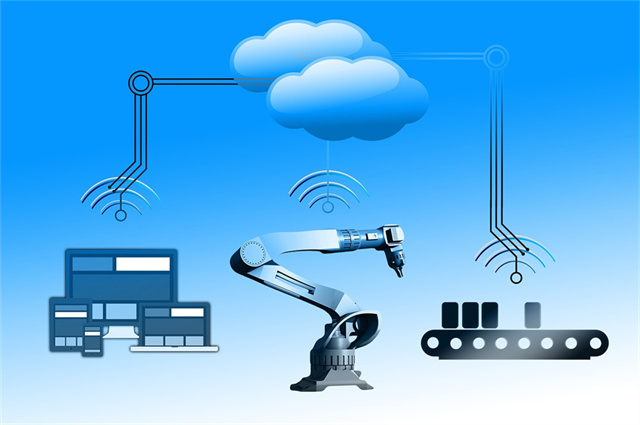Edge computing gateway refers to the intermediate node that connects multiple smart devices and the cloud platform. It is used to process and manage device data to achieve efficient connection and management of smart devices. Edge computing is a computing model that pushes computing and storage resources closer to the source of data. It can reduce data transmission delays, improve data processing efficiency, and provide lower response time and higher reliability for smart device applications.

The role of the edge computing gateway can be mainly attributed to two aspects: one is data processing and analysis, and the other is device management and control.
In terms of data processing and analysis, edge computing gateways can process and analyze the data in real time after receiving device data, thereby improving response speed and decision-making effects. By performing data processing on edge nodes, the need for data transmission to the cloud can be reduced, reducing the pressure on cloud servers and bandwidth consumption. At the same time, the edge computing gateway can also perform localized data analysis based on different sensor data of the device to provide more personalized and intelligent services for the device.
In terms of device management and control, edge computing gateways can centrally manage and remotely control connected smart devices. Through the edge computing gateway, users can realize functions such as data monitoring, fault diagnosis, upgrade and debugging of equipment, and can also perform remote control and command issuance. The edge computing gateway can collaboratively manage multiple devices, reducing user workload and improving device management efficiency and security.
The role of edge computing gateways in realizing efficient connection and management of smart devices:
1) Edge computing gateway can reduce data transmission delays, achieve real-time response, and improve user experience. In IoT applications, some scenarios have very high requirements on response time, such as autonomous driving, smart homes, etc. Through edge computing gateways, smart devices can quickly process, analyze and make decisions, greatly improving response speed and real-time performance.

2) Edge computing gateway can reduce the pressure and bandwidth consumption of cloud servers. With the increase of smart devices, the amount of data generated by the devices is also increasing, and there are certain difficulties in transmission and storage. By performing data processing and analysis on edge nodes, part of the computing tasks can be completed on the edge nodes, reducing the need for data transmission to the cloud and saving valuable bandwidth resources.
3) Edge computing gateway can support localized intelligence of smart devices. The edge computing gateway can perform localized data processing and analysis based on different sensor data of the device, providing more personalized and intelligent services for the device. For example, in smart home applications, edge computing gateways can achieve intelligent control and automated management by processing and analyzing sensor data such as temperature, humidity, and light.
In summary, through the application of edge computing gateways, the efficiency and accuracy of data processing can be improved, the delay of data transmission and bandwidth consumption can be reduced, and real-time response and localized intelligence of smart devices can be achieved. The development of edge computing gateways will further promote the popularization and application of smart devices and promote the development and innovation of IoT technology.